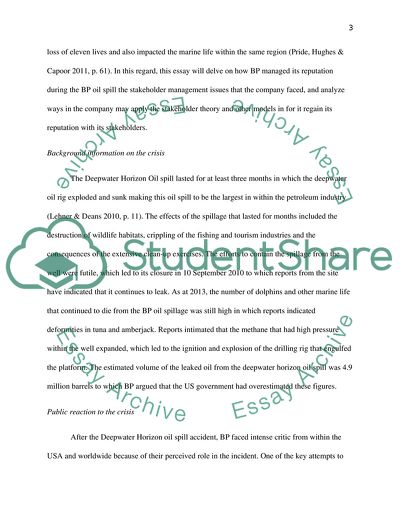Cite this document
(Issues and Crisis Communication Essay Example | Topics and Well Written Essays - 2500 words, n.d.)
Issues and Crisis Communication Essay Example | Topics and Well Written Essays - 2500 words. https://studentshare.org/journalism-communication/1827207-issues-and-crisis-communication
Issues and Crisis Communication Essay Example | Topics and Well Written Essays - 2500 words. https://studentshare.org/journalism-communication/1827207-issues-and-crisis-communication
(Issues and Crisis Communication Essay Example | Topics and Well Written Essays - 2500 Words)
Issues and Crisis Communication Essay Example | Topics and Well Written Essays - 2500 Words. https://studentshare.org/journalism-communication/1827207-issues-and-crisis-communication.
Issues and Crisis Communication Essay Example | Topics and Well Written Essays - 2500 Words. https://studentshare.org/journalism-communication/1827207-issues-and-crisis-communication.
“Issues and Crisis Communication Essay Example | Topics and Well Written Essays - 2500 Words”. https://studentshare.org/journalism-communication/1827207-issues-and-crisis-communication.


